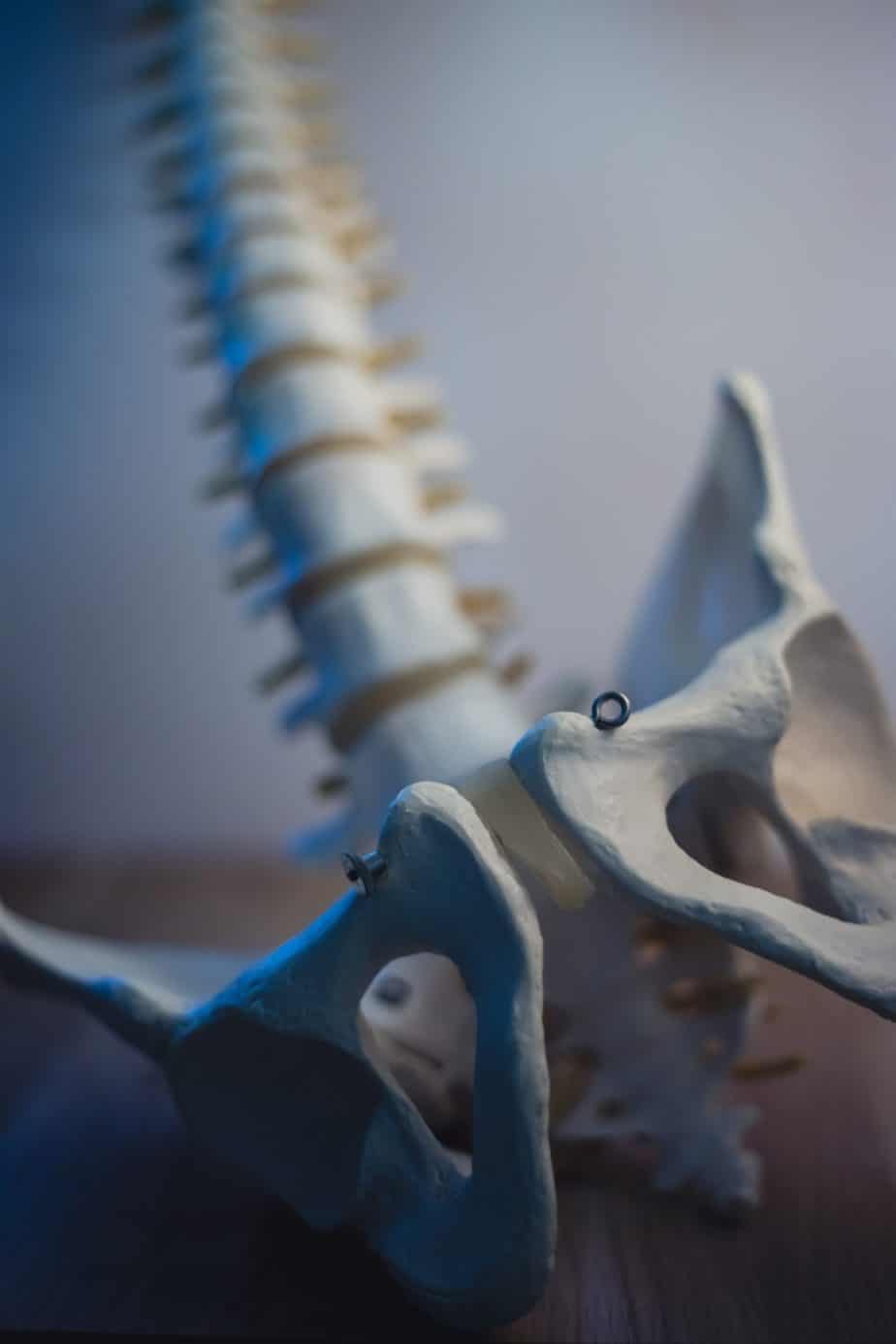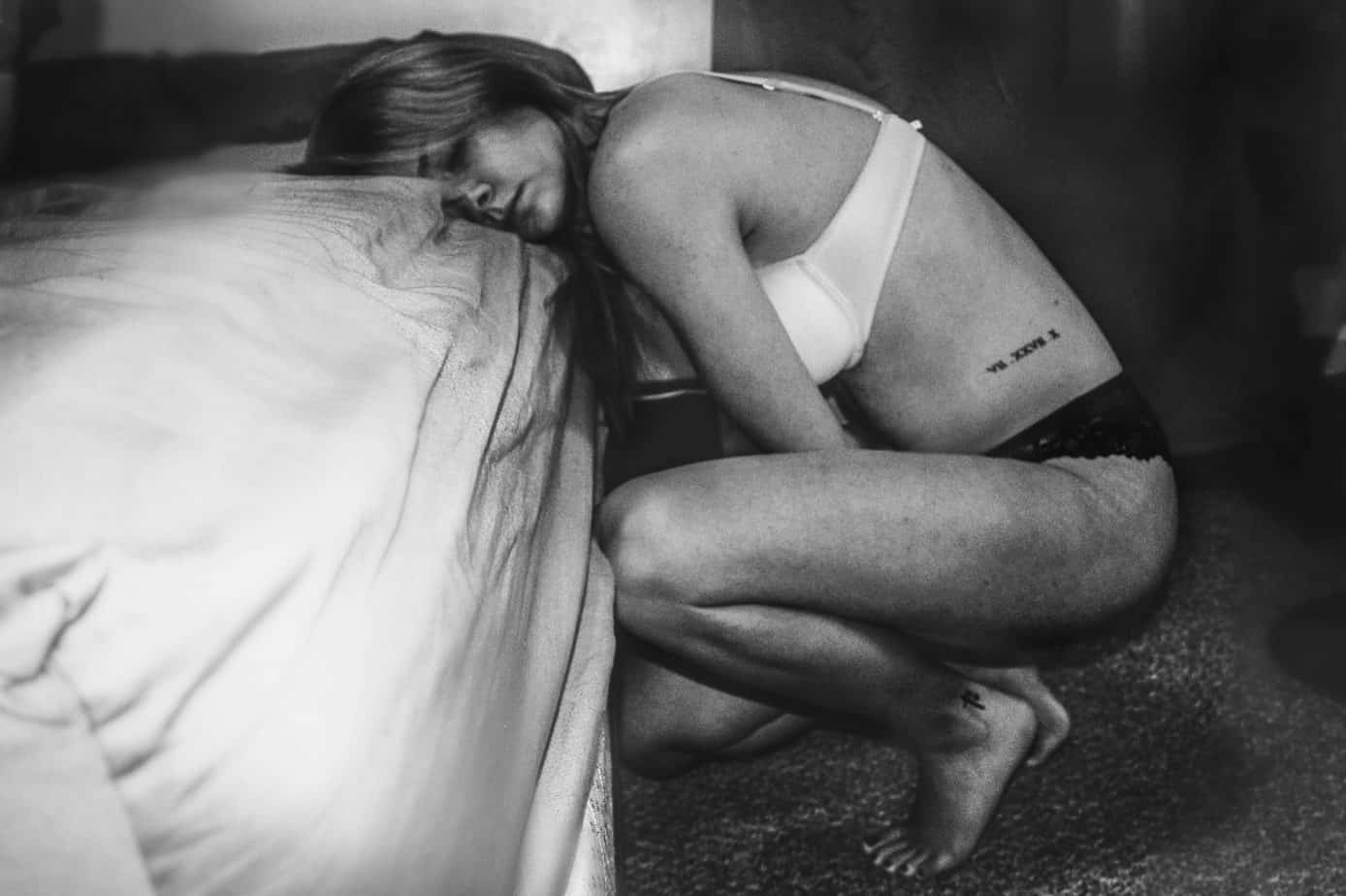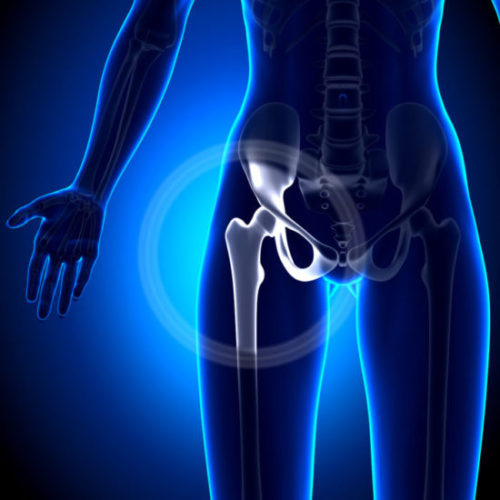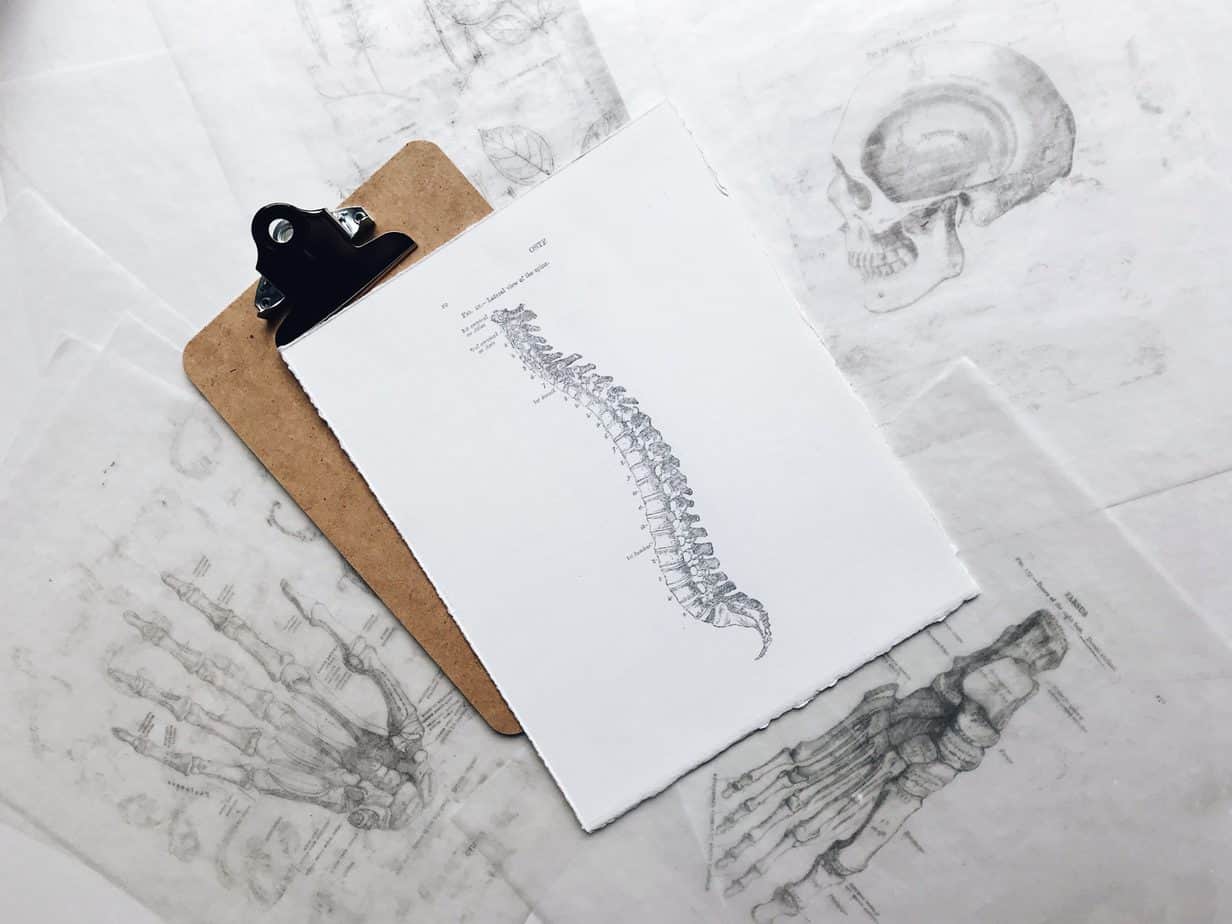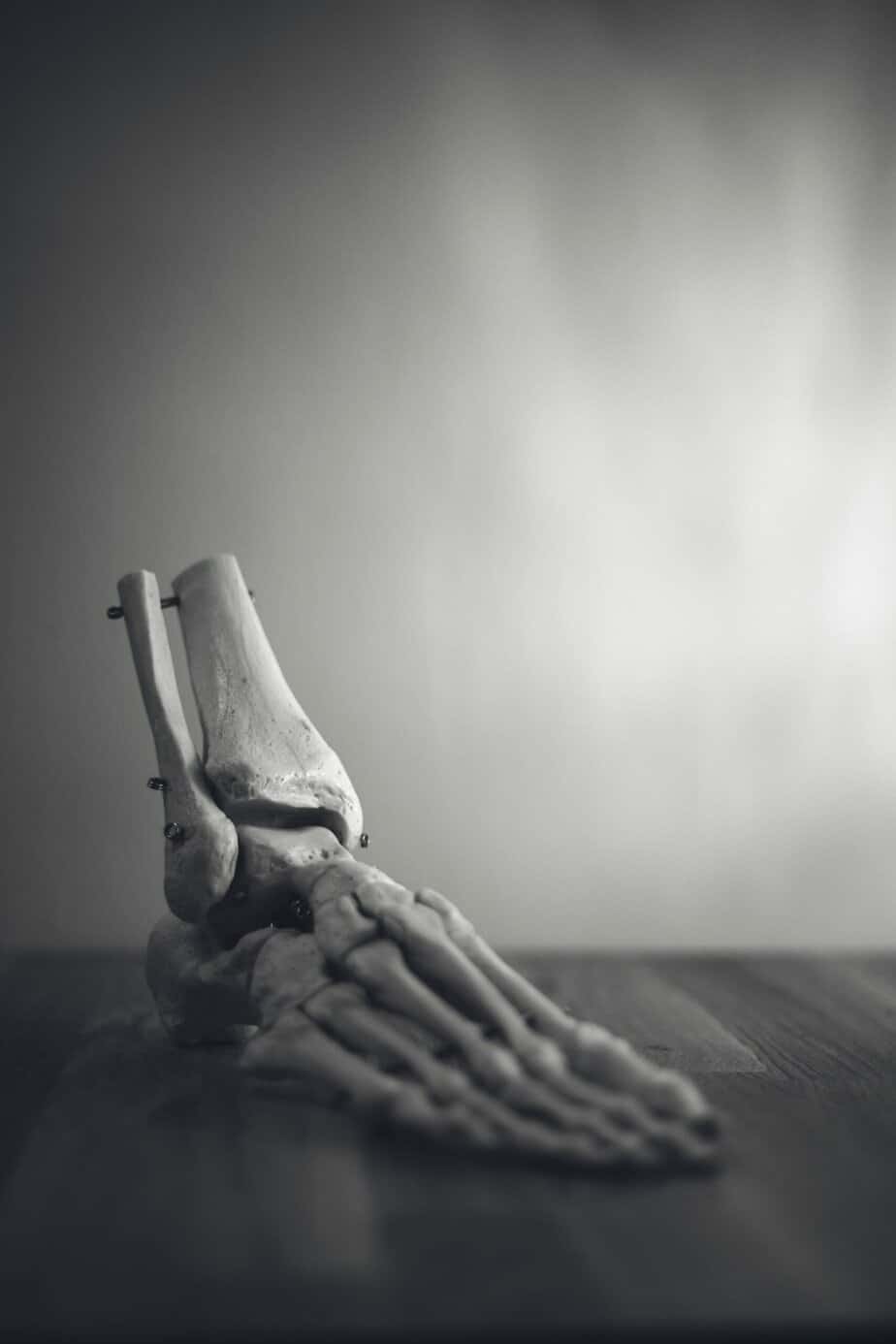Decreasing Postpartum Aches and Pain Through Body Awareness

December can be a busy, stressful month for many with holiday plans, travel plans, and shopping. The to-do list, at times, seems to be endless. This is especially true for moms with infants and young children. In an effort to get through all of our tasks for the day, we may attempt to do things quickly and sometimes forget to check in with our body and how we are moving – that is, until we start to notice our aches and pains. Even without the stress of holidays, the routine care of our children can create significant wear and tear on our bodies if we aren’t aware of proper body mechanics (moving safely and efficiently).
During the pregnancy and postpartum period, women experience many changes within their bodies. With all the new challenges of motherhood, postpartum mothers often overlook important steps in their own recovery. Being mindful of your posture and how you move can play a significant role in reducing symptoms of pain and/or preventing future injury. Taking care of your body should also be a priority. When you are healthy and well, you are more available to help meet the needs of others.
Here are a few suggestions to improve your body awareness and reduce everyday movements and habits that may negatively affect the health and functioning of your body. While this information is presented with postpartum moms specifically in mind, all caregivers (dads, grandparents, aunts, uncles, friends, etc.) can benefit from these simple tips!
Basic Principles of Lifting Safely
- Wide Base of Support: Keeping your feet spaced widely apart gives you better balance and the ability to move more dynamically when lifting or setting down your child, carriers, and strollers.
- Keep the weight close to your body: Before you attempt to lift, bring the weight as close to your body as possible. Holding an object out farther away increases the amount of force our muscles have to generate in order to lift.
- Use the large muscles of the legs instead of the back: This is the one that almost everybody knows they should do, but sometimes we are in a rush and forget. Using the muscles of our legs helps us to protect the soft tissues of our back and provides us with greater strength while lifting.
Postures and Movements to Keep You and Your Child Safe
Holding And Carrying Your Child
Try not to:
- Shift your pelvis forward and lean your ribcage back
- Pop your hip out to the side as a resting place for your child
- Lock your knees
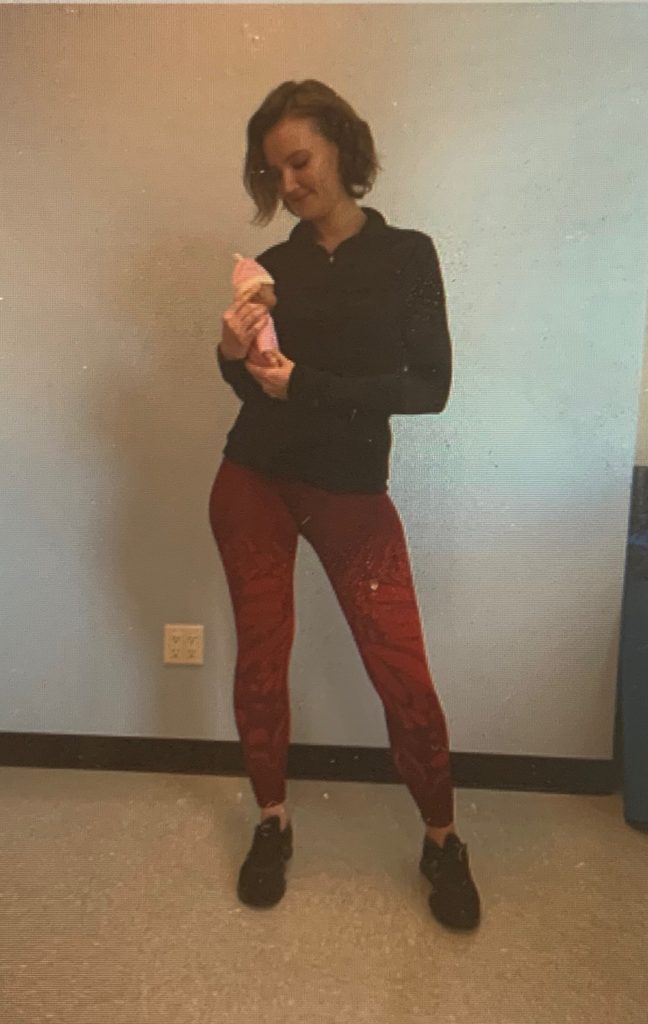
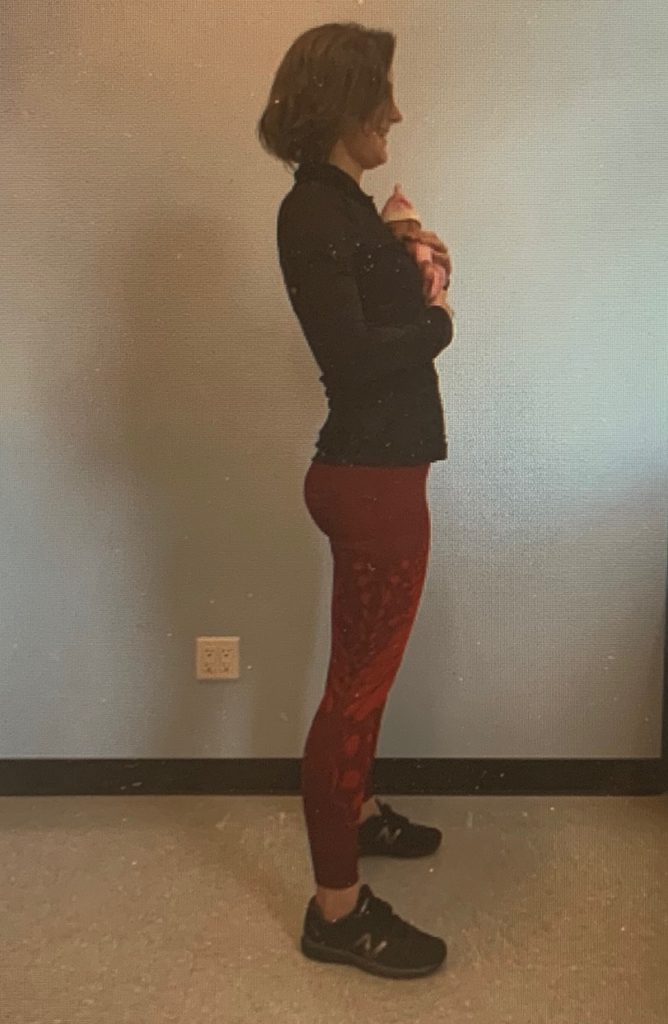
Try to:
- Keep your ribcage and your pelvis aligned
- Set your shoulder blades back for strong, steady arms
- Maintain a straight back and engage your deep core muscles
- Slightly bend your knees to keep your legs active
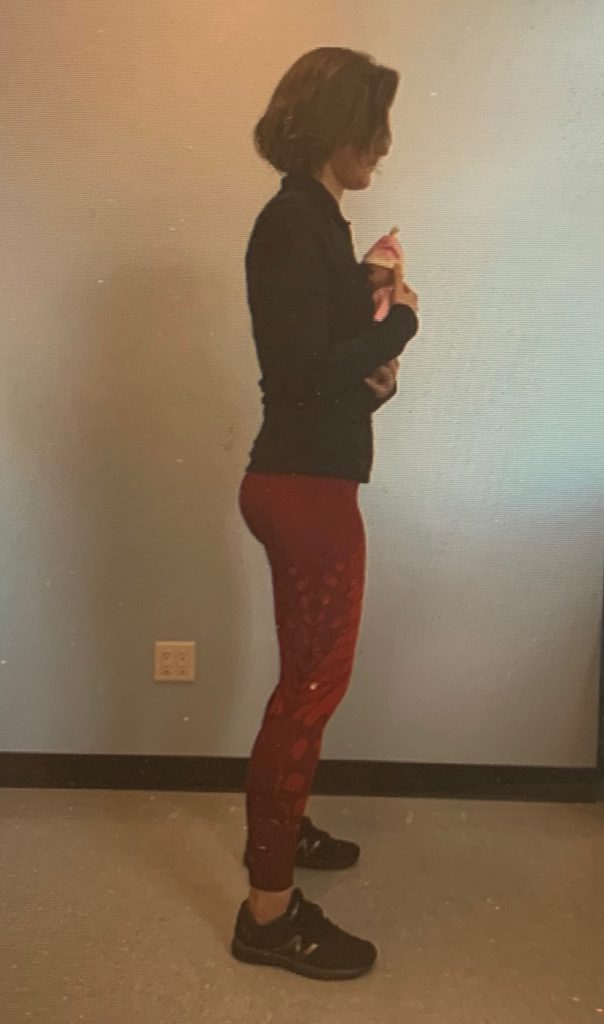
Note: Most mothers will agree, they tend to hold their children on their non-dominant side so their dominant hand is free to complete other tasks. While this may be necessary to ensure that your tasks are done in a safe and timely manner, try to be conscious of times when you can hold your child on the opposite side and then check in with yourself occasionally to be sure that you are actually switching sides. Without awareness, this practice of holding your child on one side can become a habit, leading to poor postural alignment, muscle imbalances, and increased stress and strain on your body.
Squatting To Lift/Set Down Your Child
Try not to:
- Bend over towards your toes
- Round or arch your back
- Keep the arms extended with your child’s weight far out in front of you
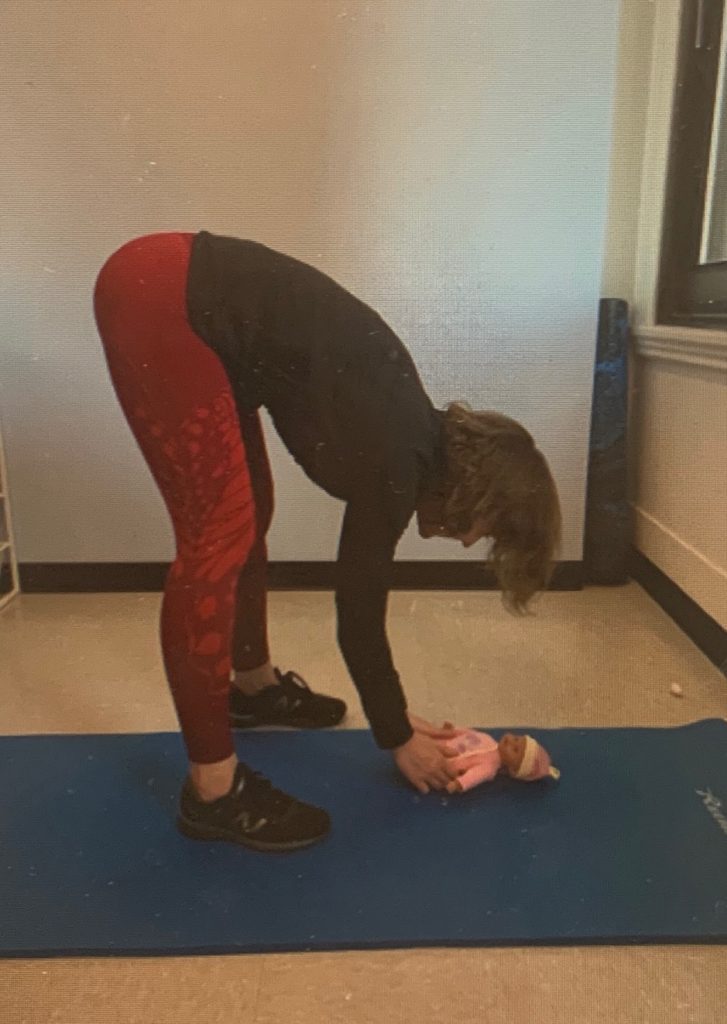
Try to:
- Spread your feet wide to increase your stability
- Bend forward by hinging at your hips
- Maintain a straight back
- Keep your child’s body close to the center of your body
- Use your legs to lift you and your child
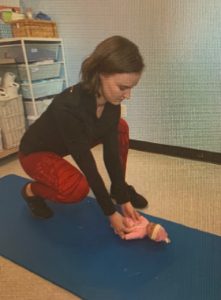
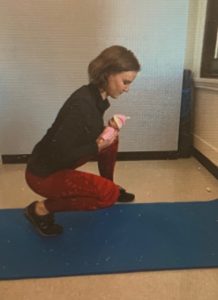
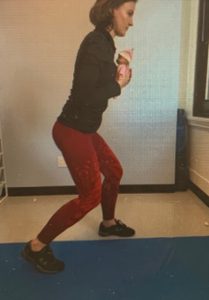
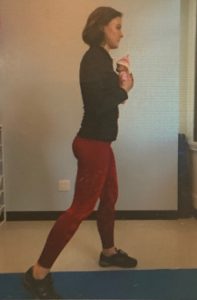
This posture and form of lifting is really important when it comes to protecting our neck and back. While this picture is specifically showing how to lift your child, this posture is ideal for many other functional tasks in our lives such as:
- Lifting your carrier/stroller
- Lifting heavy diaper bags
- Picking up toys from the floor
Playing With Your Baby Or Changing Diapers On The Floor
Try not to:
- Sit on your feet
- Round your back and slouch forward
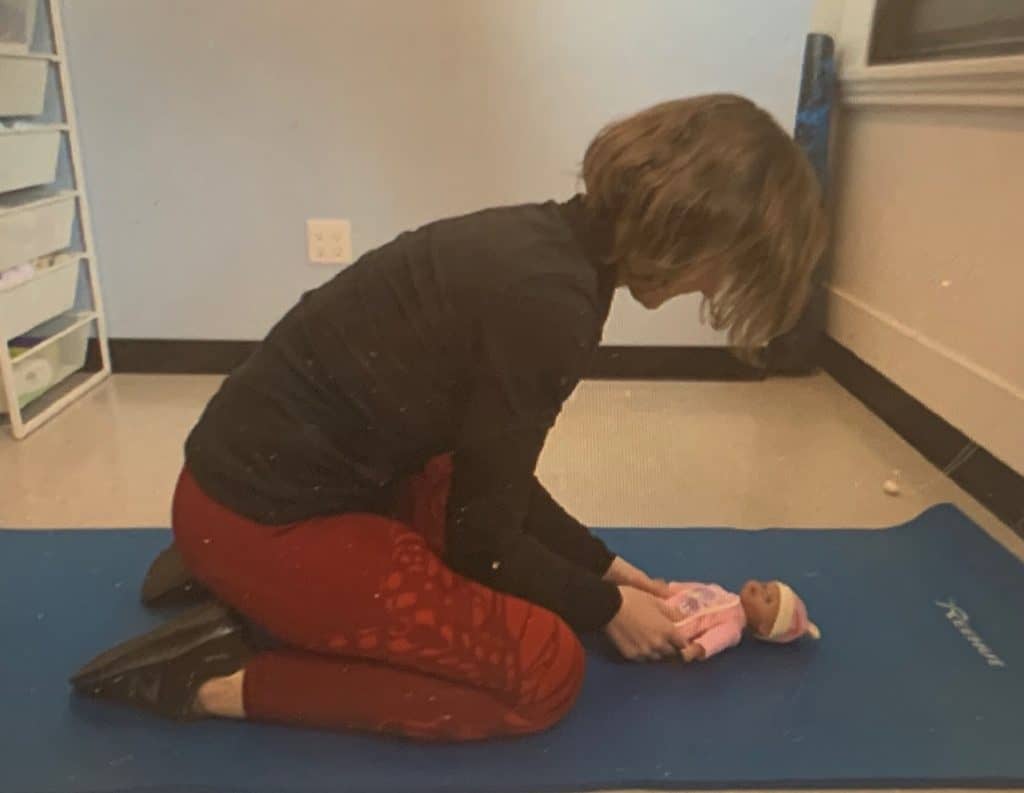
Try to:
- Maintaining a straight back
- Shift one foot forward to allow you to lean safely toward your child
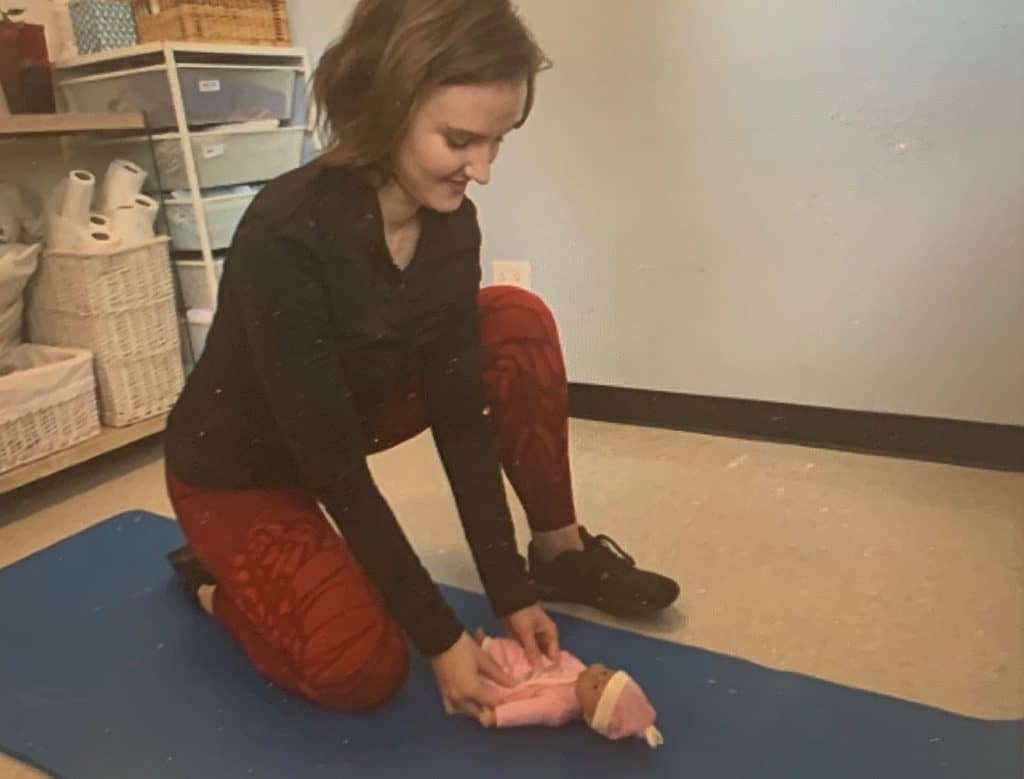
Some other simple tips to keep in mind:
- If you had a c-section delivery and you are still early postpartum, try “log rolling” for getting in and out of bed to decrease strain on your abdominals. Roll your upper and lower body together as one unit to move from laying on your back to laying on your side and then use your arms to help you lift to sit at the edge of the bed.
- When breastfeeding or bottle feeding your child, be sure to use pillows, blankets, and other props to provide adequate postural support for you and your child. If breastfeeding, remember to bring baby to the breast, not breast to baby.
To help you through this important time of change and recovery, Body Harmony Physical Therapy is here to educate you about posture and movement modifications with your little one.
Written by: Serenity Serafini PT, DPT


